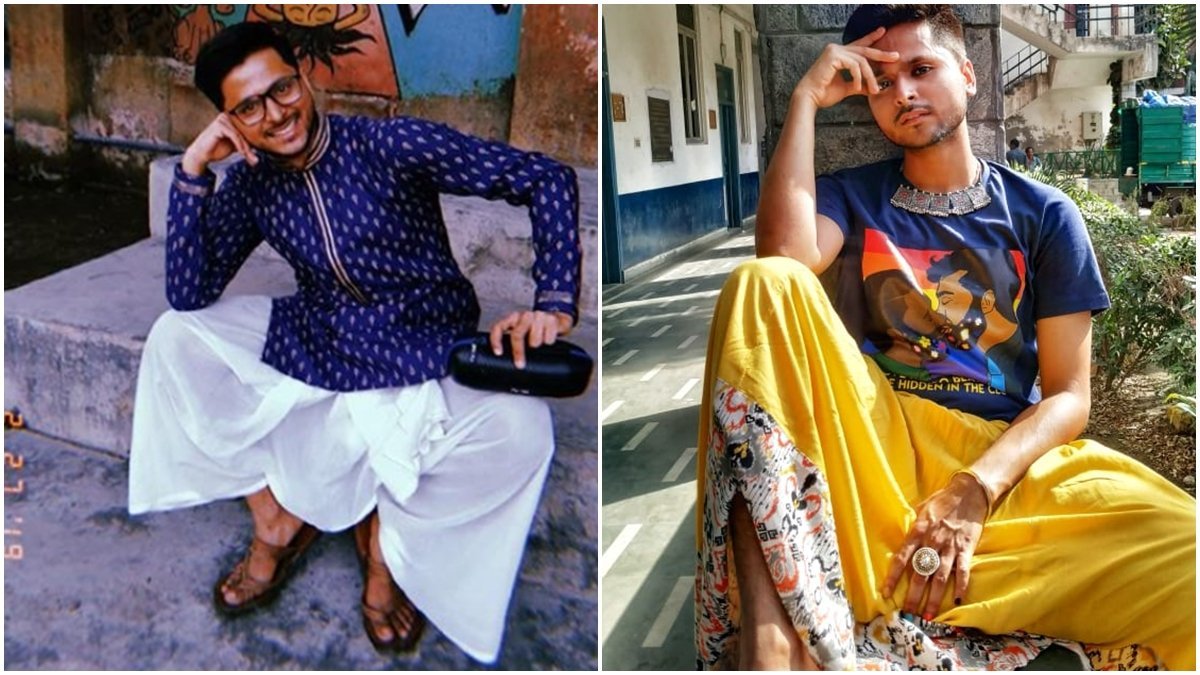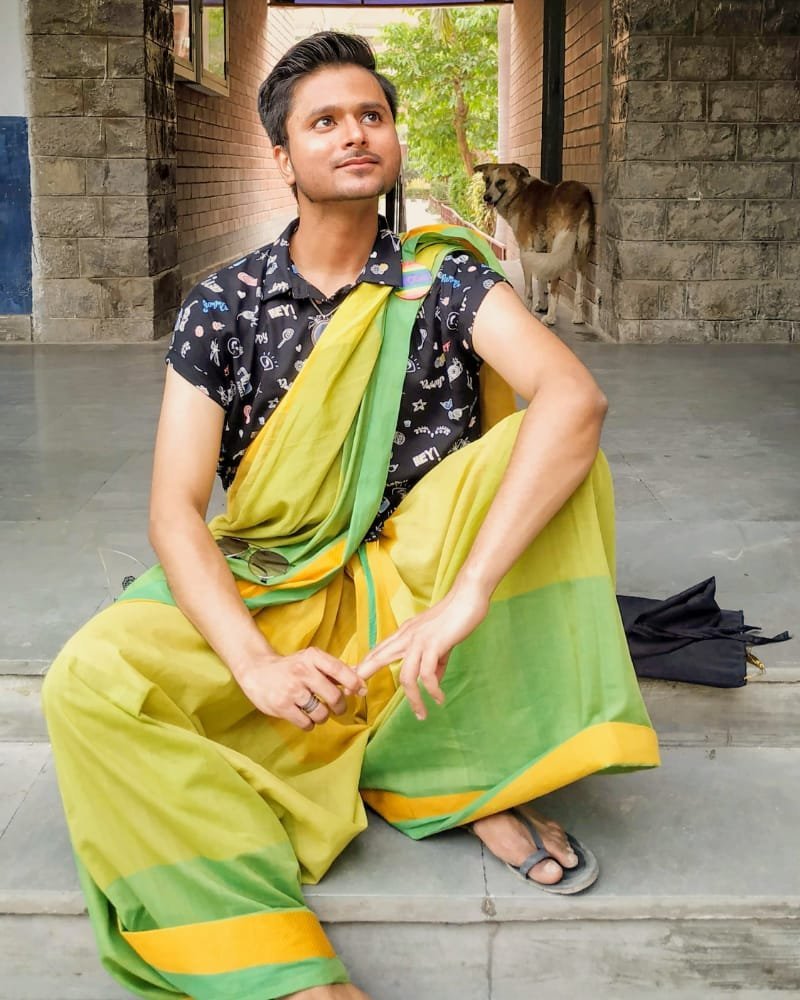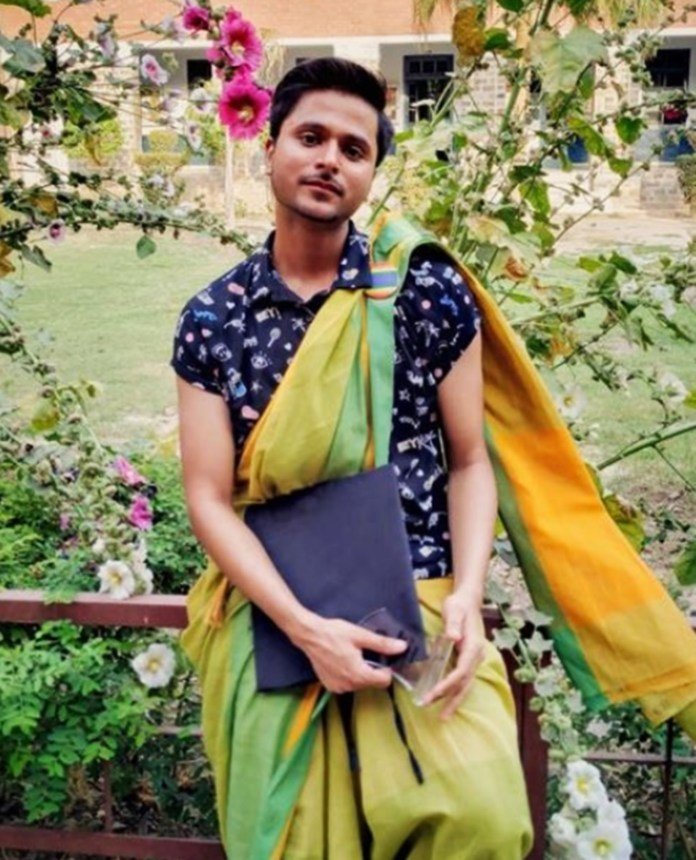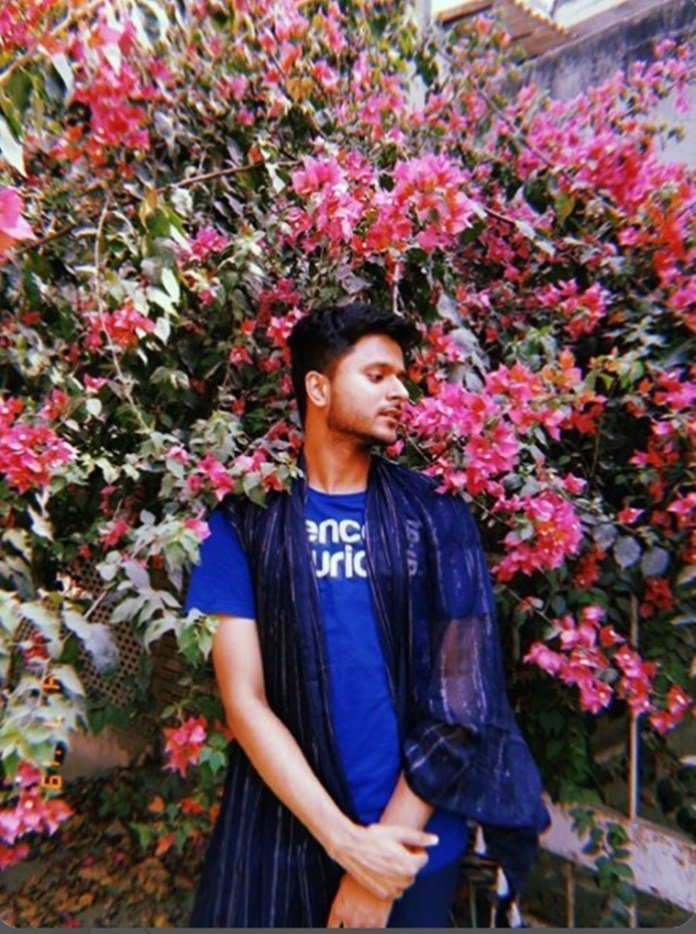Beyond Stereotypes: Celebrating Gender Expression
Gender expression in India has always existed in rich, diverse, and colourful ways from ancient depictions of fluidity in temple art to the vibrant Hijra communities that have survived centuries of stigma. Yet for many young queer Indians today, expressing femininity or masculinity outside rigid norms is still policed, mocked, or punished. The story of Aditya Singh, a queer youth who turned pain into power, reminds us why celebrating gender expression is not just personal but political.
The Boy Who Loved to Dress Up
Aditya Singh grew up in a traditional Rajput family, where expectations of masculinity were heavy and unforgiving. While other boys played cricket, Aditya found joy in dressing up with his mother’s sarees and jewellery, performing Bollywood wedding songs with abandon. But what was innocent self-expression at home soon collided with the harsh reality of patriarchy.
His father, unable to accept Aditya’s femininity, responded with violence instead of understanding. Aditya recalls in an essay:
“Papa resided into relentlessly beating me even at the slightest of my mistakes. He detested my speaking of Bhojpuri… he felt it made me sound like a ‘Mauga’.”
The word, used derogatorily for effeminate men, became a wound that followed him into school, where bullying escalated. Classmates called him chakka or hijra, slurs meant to humiliate. On some days, the torment was so intense that he considered dropping out altogether.
Survival in Silence
Changing schools brought temporary relief but also fear. Aditya learned to retreat into himself, becoming introverted, careful, and guarded. He sought solace in comic books, TV series, and films private worlds where gender could be fluid, playful, and freeing.
When words failed, dance became his language. Wrapping his father’s dhoti like a Ghaghara, he would perform in front of the mirror, embodying the femininity he was told to suppress. Those moments, though hidden, became acts of resistance tiny rebellions against the violence of conformity.
Reclaiming the Stage
Aditya’s turning point came in college. Standing on stage in a yellow skirt, accepting an award for academic excellence, he no longer hid his truth. In that moment, his gender expression wasn’t something to be mocked or punished. It was a symbol of freedom.
He writes:
“In an auditorium stuffed with people, I was not only accepting the award for topping the second year of college but also sinking in the realization… to love myself beyond the horizon and to believe the notion that the sky can be your only limit.”
Living in a boys’ hostel, away from the pressures of home, gave him the courage to embrace his identity fully. The once shy child, bullied for being “too feminine,” had become a young man proud of his queerness, his body, and his style.
Why Gender Expression Matters
Aditya’s story is not just about one boy. It’s about countless queer kids across India who are told that their way of walking, speaking, or dressing is “wrong.” It’s about how language and violence are used to cage people into binaries that don’t fit them. And it’s about the resilience of those who refuse to be silenced.
Celebrating gender expression is about more than clothing it’s about dismantling the systems that equate masculinity with dominance and femininity with weakness. It’s about creating safe spaces where a child twirling in a saree is seen not as “confused” but as joyful.
Queer India is already leading the way. From drag performers in Delhi nightclubs to genderfluid fashion shows in Mumbai, expression is expanding beyond stereotypes. Each act of visibility chips away at the culture of shame.
A Sky Without Limits
Aditya Singh’s journey is a reminder that identity is not something to be beaten out, mocked away, or hidden in silence. It is something to be celebrated. His story, like so many others, calls us to imagine an India where children can wear yellow skirts, speak Bhojpuri with pride, and dance without fear of ridicule.
Because beyond stereotypes and slurs, beyond patriarchal control, there is a truth we cannot ignore: gender is expression, and expression is freedom. And as Aditya beautifully puts it the sky can be our only limit.







